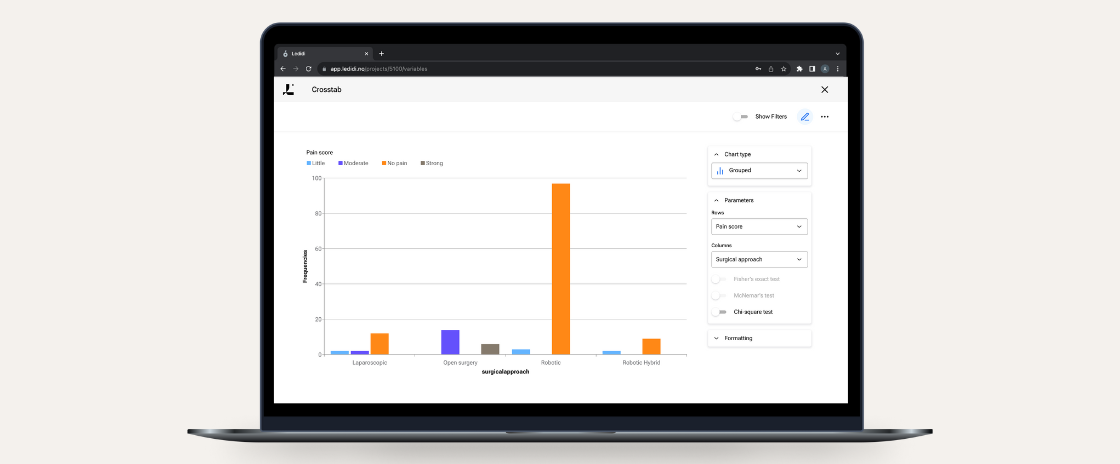Parametric statistical tests rely on assumptions about the shape of the distribution and the parameters (i.e. mean and standard deviation), and most rely on an assumption of an approximately normal distribution.
Nonparametric statistical tests rely on no or few assumptions about the shape or the parameters of the population distribution from which the sample was drawn. If the data are indeed normal, a nonparametric test will generally have less power for the same sample size compared to the corresponding parametric test.
Parametric statistical tests are more powerful than non-parametric tests.
Most parametric tests require data to be normally distributed.
Before you choose a test, you should visualise and evaluate your data by plotting the distribution of your sample (histogram and distribution curve) and see whether it resembles a bell-shaped curve.
You can test for normality using the Shapiro-Wilk test. This is the most powerful test for normality, and a p-value >0,05 indicates normality, and you can use a parametric test.
Why don't we always use nonparametric tests?
Nonparametric tests are convenient because we don't need to make any assumptions about the shape or parameters of the distribution of the underlying population from which the sample was drawn. For example, if the data deviate strongly from the assumptions of a parametric test (i.e. not normally distributed), using a parametric test could lead to incorrect conclusions.
Nonparametric tests have less statistical power
If the data are truly normal, a nonparametric test will generally have less power for the same sample size compared to the corresponding parametric test. This means that a nonparametric test may fail to correctly reject the null hypothesis when a parametric test will do so - and we may draw the wrong conclusion from our analysis. This also means that if we are planning a study and trying to determine how many participants to include, a nonparametric test will require a slightly larger sample size to have the same power as the corresponding parametric test.
Nonparametric tests are more difficult to interpret
Interpretation of nonparametric tests can also be more difficult than for parametric tests. Many nonparametric tests use rankings of the values in the data rather than using the actual data. Knowing that the difference in mean ranks between two groups does not give us an intuitive understanding of the data. On the other hand, knowing that the mean height of women is 10 cm less than that of men is both intuitive and useful.
Overview - choice of test
Analysis Type | Example | Parametric test | Nonparametric test |
Compare means between two distinct/independent groups | Is the mean systolic blood pressure (at baseline) for patients assigned to placebo different from the mean for patients assigned to the treatment group? | Two-sample t-test | Mann-Whitney U test |
Compare two quantitative measurements taken from the same individual | Was there a significant change in systolic blood pressure between baseline and the six-month follow- up measurement in the treatment group? | Paired t-test | Wilcoxon signed-rank test |
Compare means between three or more distinct/independent groups | If our experiment had three analyses of variance groups (e.g. placebo, new drug #1, new drug #2), we might want to know whether the mean systolic blood pressure at baseline differed among the three groups? | Analysis of variance (ANOVA) | Kruskal-Wallis test |
Estimate the strength of correlation between two quantitative variables | Is systolic blood pressure associated with the patient’s age? | Pearson coefficient of correlation | Spearman’s rank correlation |
Latest From Ledidi Academy

The difference between association, correlation and causation
- Statistical analysis
- Tips and insights
